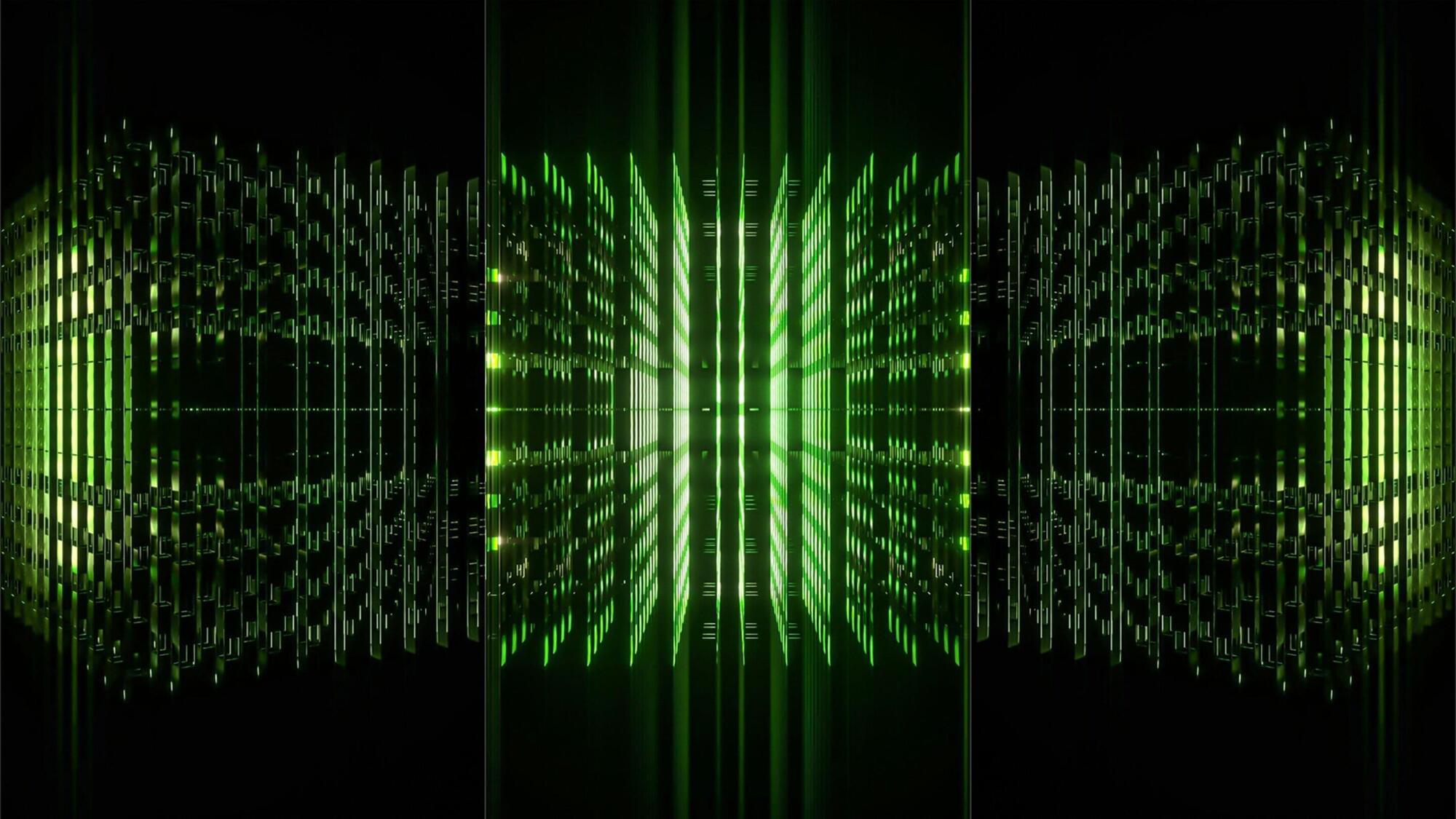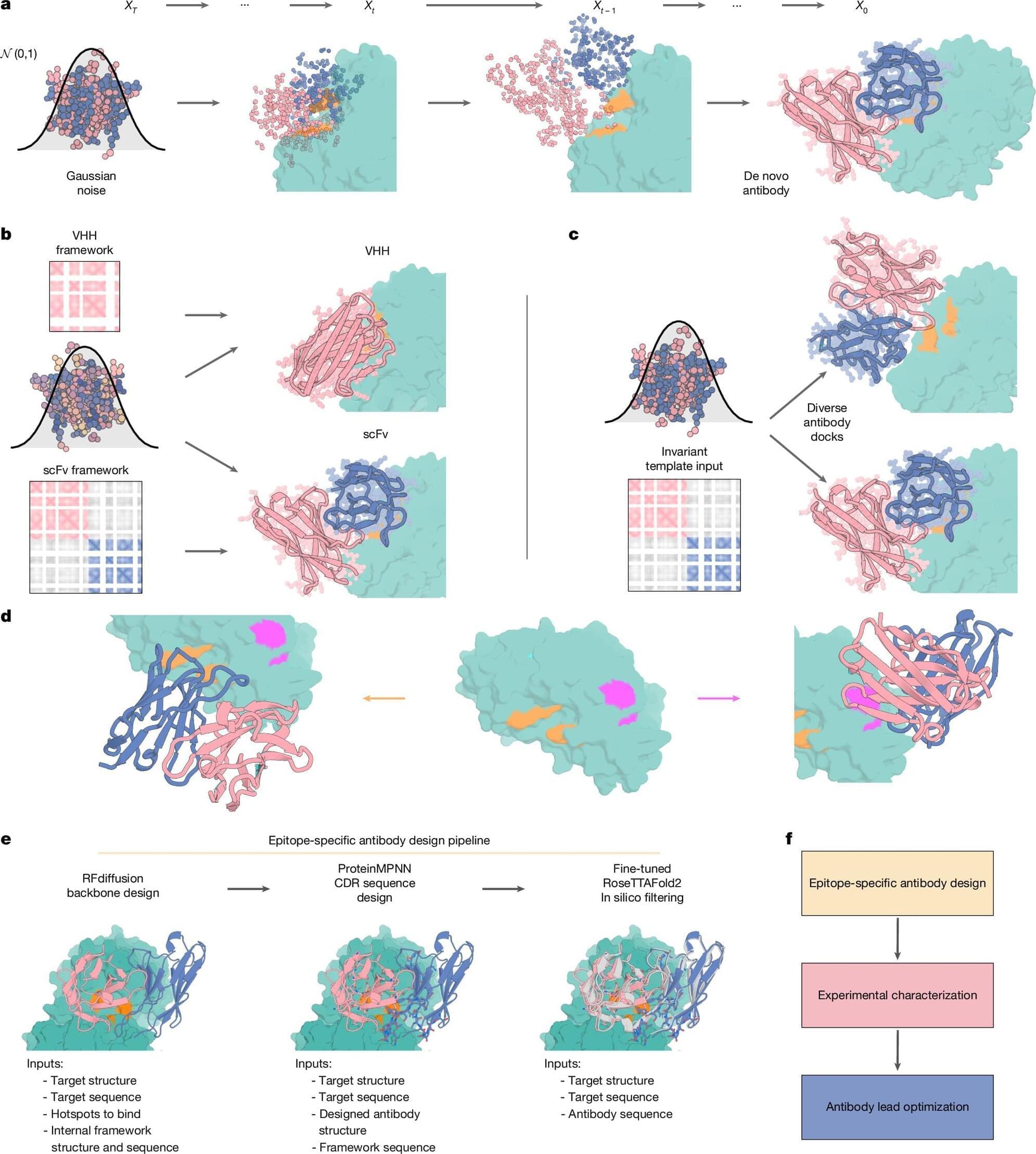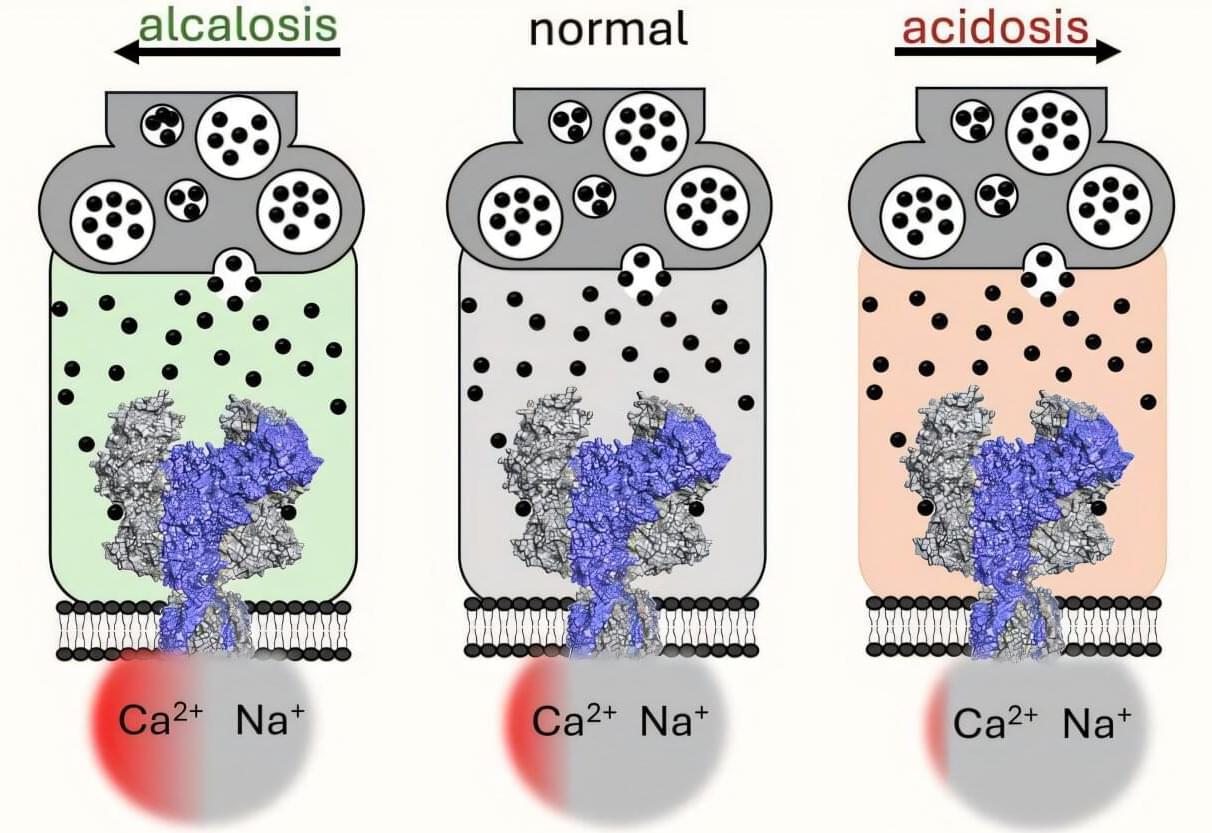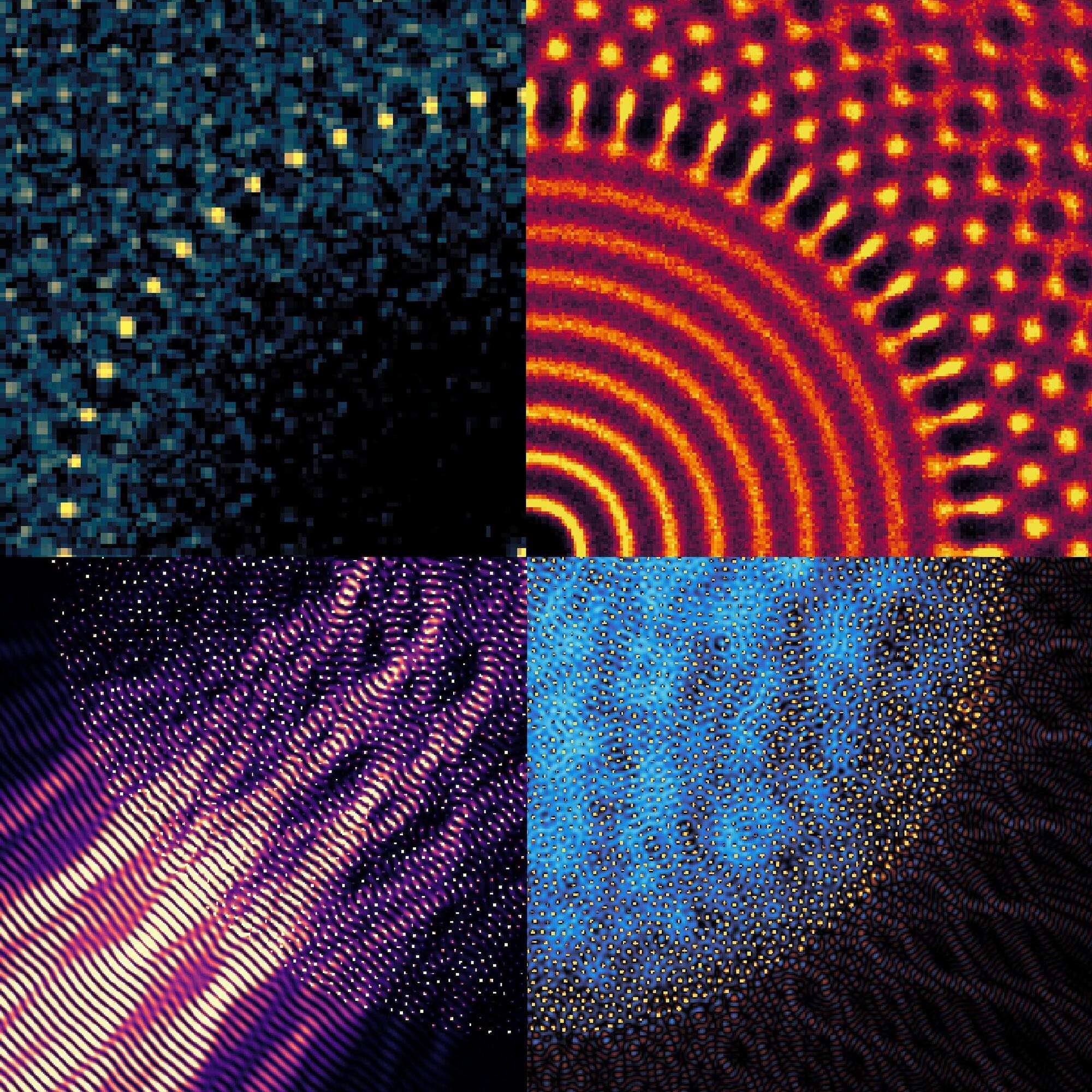Aproveite vídeos e músicas que você ama, envie e compartilhe conteúdo original com amigos, parentes e o mundo no YouTube.
Get the latest international news and world events from around the world.

How quantum computers can aid the search for room-temperature superconductors
For the first time, a quantum computer has successfully measured pairing correlations (quantum signals that show electrons teaming up in pairs), which is essential to helping scientists find one of the holy grails of physics—superconductors that work at room temperature.
Superconductors are materials that can conduct electricity with zero resistance, meaning no energy is lost as heat. To work, they need to be cooled to extremely low temperatures, which makes them expensive and impractical for widespread use. Physicists have been trying to tweak their structure to make them work at room temperature, and many believe that understanding and manipulating electron-pairing correlations are key to that breakthrough.

Peering inside 3D chaotic microcavities with X-ray vision
In the world of optics, tiny structures called microcavities—often no wider than a human hair—play a crucial role in technologies ranging from lasers to sensors.
These microscopic resonators trap light, allowing it to circulate millions of times within their boundaries. When they are perfectly shaped, light inside them moves in smooth, circular paths. But when their symmetry is slightly disturbed, the light begins to behave unpredictably, following chaotic routes that can lead to surprising effects like one-way laser emission or stronger light–matter interactions.
Until now, most research on this chaotic behavior has focused on flat, two-dimensional microcavities. These are easier to study because their shape can be seen and measured under a microscope. But truly three-dimensional (3D) microcavities—where deformation occurs in all directions—have remained largely unexplored. Their internal geometry is difficult to capture without cutting or damaging the sample, making it hard to understand how light behaves inside them.
Scientists map DNA folding at single base-pair resolution in living cells
Scientists from Oxford’s Radcliffe Department of Medicine have achieved the most detailed view yet of how DNA folds and functions inside living cells, revealing the physical structures that control when and how genes are switched on.
Using a new technique called MCC ultra, the team mapped the human genome down to a single base pair, unlocking how genes are controlled, or, how the body decides which genes to turn on or off at the right time, in the right cells. This breakthrough gives scientists a powerful new way to understand how genetic differences lead to disease and opens up fresh routes for drug discovery.
“For the first time, we can see how the genome’s control switches are physically arranged inside cells, said Professor James Davies, lead author of the study published in the journal Cell titled ” Mapping chromatin structure at base-pair resolution unveils a unified model of cis-regulatory element interactions.”

A long, bumpy caterpillar-like wormhole may connect two black holes
For obvious reasons, we do not know what the inside of a black hole looks like. But thanks to theoretical physics, we can ask what the inside should look like if Einstein’s theory of gravity and the rules of quantum mechanics are both true. A new study published in the journal Physical Review Letters has done exactly this by concentrating on two black holes that are deeply entangled (linked together by quantum rules).
The research by scientists from the U.S. and Argentina theoretically mapped the shared inner space between the two objects—the wormhole connecting them. They found that for a typical, messy entangled pair, the interior isn’t the smooth tunnel of science fiction.
Instead, it’s a long, lumpy structure they called the “Einstein-Rosen caterpillar.” It’s named after the Einstein-Rosen Bridge, the mathematical structure that connects two regions of spacetime, and “caterpillar” because of its bumpy, segmented shape. This discovery is a significant step toward proving that the bizarre rules of quantum mechanics can control the shape of spacetime inside a black hole.

AI-designed antibodies created from scratch
Research led by the University of Washington reports on an AI-guided method that designs epitope-specific antibodies and confirms atomically precise binding using high-resolution molecular imaging, then strengthens those designs so the antibodies latch on much more tightly.
Antibodies dominate modern therapeutics, with more than 160 products on the market and a projected value of US$445 billion in 5 years. Antibodies protect the body by locking onto a precise spot—an epitope—on a virus or toxin.
That pinpoint connection determines whether an antibody blocks infection, marks a pathogen for removal, or neutralizes a harmful protein. When a drug antibody misses its intended epitope, treatment can lose power or trigger side effects by binding the wrong target.

Textbook view of NMDA receptor calcium signals upended by new findings
Drugs that act on NMDA (N-methyl-D-aspartate) receptors, which are essential for learning, memory and moment-by-moment consciousness, are key for treating neuropsychiatric disorders. These drugs were developed based on the assumption that the proportion of calcium in the current produced by these receptors remains constant. That assumption turns out to be false, according to University at Buffalo research published last month in the Proceedings of the National Academy of Sciences.
“Our research reveals that small variations in the brain environment in which NMDA receptors operate can increase or decrease the amount of calcium in the currents fluxed by these receptors,” explains Gabriela K. Popescu, Ph.D., corresponding author and professor of biochemistry in the Jacobs School of Medicine and Biomedical Sciences at UB. “This, in turn, could mean the difference between normal and impaired learning, memory and cognition, symptoms that accompany many neuropsychiatric conditions.”

Gyromorphs combine liquid and crystal traits to enhance light-based computers
Researchers have been developing computers that deploy light (photons) rather than electricity to power storage and calculations. These light-based computers have the potential to be more energy efficient than traditional computers while also running calculations at greater speeds.
However, a major challenge in the production of light-based computers—still in their infancy—is successfully rerouting microscopic light signals on a computer chip with minimal loss in signal strength. This is fundamentally a materials-design problem. These computers require a lightweight material to block additional light from all incoming directions—what’s known as an “isotropic bandgap material”—in order to maintain signal strength.
Scientists at New York University report the discovery of gyromorphs—a material that combines the seemingly incompatible properties of liquids and crystals and that performs better than any other known structure in blocking light from all incoming angles.

Quantum nonlocality may be inherent in the very nature of identical particles
At its deepest physical foundations, the world appears to be nonlocal: particles separated in space behave not as independent quantum systems, but as parts of a single one. Polish physicists have now shown that such nonlocality—arising from the simple fact that all particles of the same type are indistinguishable—can be observed experimentally for virtually all states of identical particles.
All particles of the same type—for example, photons or electrons—are entangled with one another, including those on Earth and those in the most distant galaxies. This surprising statement follows from a fundamental postulate of quantum mechanics: particles of the same type are, in their very nature, identical. Does this mean that a universal source of entanglement—underlying the peculiar, nonlocal features of the quantum world—is at our fingertips? And can we somehow outsmart quantum theory, which so carefully guards access to this extraordinary resource?
Answers to these questions have been provided by two Polish theorists from the Institute of Nuclear Physics of the Polish Academy of Sciences (IFJ PAN) in Krakow and the Institute of Theoretical and Applied Informatics of the Polish Academy of Sciences (IITiS PAN) in Gliwice. Their findings, published in npj Quantum Information, show how the very identity of particles gives rise to observable quantum nonlocality.

Brain-computer interface decodes Mandarin from neural signals in real time
Researchers in Shanghai have reported in a study, recently published in Science Advances, that they’ve successfully decoded Mandarin Chinese language in real time with the help of a brain-computer interface (BCI) framework, a first for BCIs working with tonal languages. The participant involved in the study was also capable of controlling a robotic arm and digital avatar and interacting with a large language model using this new system.
While most people may not want a computer reading their mind, those who are unable to speak due to neurological conditions, like strokes or amyotrophic lateral sclerosis (ALS), need to find alternative ways to communicate. Speech decoding BCIs, capable of decoding neural signals, offer a promising way to restore communication in such individuals. In addition to communication, BCIs also offer ways to control devices directly through thought. This is particularly helpful for neurological conditions in which disabilities extend beyond speech loss.
These types of devices are not exactly a novel technology, but most BCI speech decoding research has focused on English, a non-tonal language.